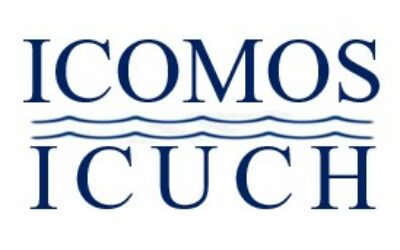What is Underwater Cultural Heritage?
The waters of our world are not empty.
Alongside marine ecosystems, the seabed holds traces of human history.
Shipwrecks, submerged habitation sites, aircraft, and sacred sites can be found beneath oceans, lakes, and rivers. These sites or objects are the tangible evidence of our human past and offer insight into how people lived, travelled, and interacted with their environment. Some date back decades, others hundreds or even thousands of years. They help us understand our heritage, connect with the people who came before us, and deepen our relationship with the environment.
These sites have values: historical, cultural, scientific, social and economic, and deserve careful study and protection. Our waters are living spaces. Many sites are now thriving places of biodiversity, combining the past with the present in a symbiotic symphony of submerged heritage. And ICUCH is working to ensure protection through knowledge, awareness, understanding and cooperation.
The Importance of Underwater Cultural Heritage
The study and preservation of underwater cultural heritage contributes to the broader understanding of human civilization and serves to represent the historical connections and traditions of coastal communities and their relationship to the sea.
It reflects the unique customs, practices, and knowledge passed down through generations.
ICUCH's Definition of UCH
UNESCO’s definition of UCH encompasses all traces of human existence, of a cultural, historical, or archaeological nature, that have been submerged underwater, either partially or totally, for at least 100 years. This includes shipwrecks, ancient settlements, and other submerged sites.
However, while UNESCO includes this 100 year time restriction, ICUCH in fact focuses more on the definition of what heritage really is.
The definition that we use is: all tangible and intangible traces of the past of which a society thinks needs to be investigated, protected and passed down to next generations. In other words: cultural heritage is something that is valued by a group of people that have a feeling of belonging to each other and that in fact has no time limit.
While UNESCO uses the 100 years restriction, other countries use 75 (Australia), 50 years (Suriname) or no restriction at all (UK, Netherlands).
UCH is also not just about the tangible but also the intangible heritage, and with the waters of the world and what they contain, having specific meaning to indigenous peoples as well as the general public.
